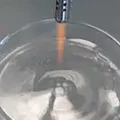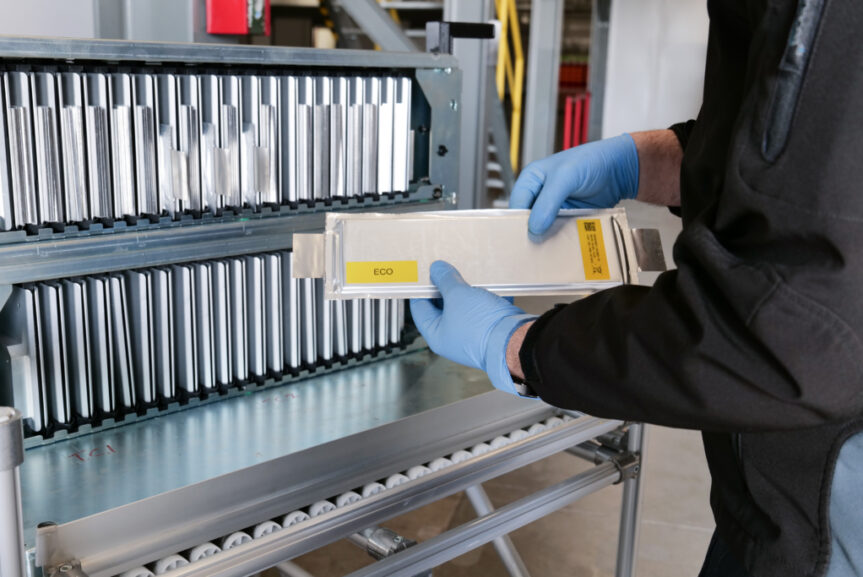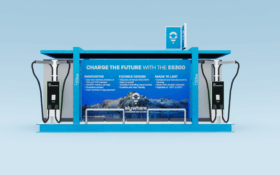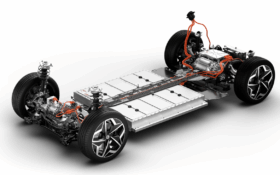Membranes for fuel cells have so far been almost impossible to recycle. Besides of the physical challenges to separate different material layers there has also been a risk of leaking harmful chemicals into the environment. But now a team of researchers at the UK University of Leicester has found a technique to recover fuel cell components.
The challenge was to efficiently separate valuable catalyst materials and fluorinated polymer membranes (PFAS) from catalyst-coated membranes (CCMs). PFAS is very stable in natural conditions and should not be emitted to water or soil. The solution invented by the scientists was to use organic solvent soaking and water ultrasonication to effectively separate these materials.
Dr Jake Yang from the University of Leicester School of Chemistry said: “This method is simple and scalable. We can now separate PFAS membranes from precious metals without harsh chemicals. Fuel cells have been heralded for a long time as the breakthrough technology for clean energy, but the high cost of platinum group metals has been seen as a limitation.”
The team developed a continuous delamination process, where they used a bespoke blade sonotrode, known from ultrasonic welders. This uses high frequency ultrasound to split the membranes to accelerate recycling. The process creates bubbles that collapse when subjected to high pressure, meaning the precious catalysts can be separated in seconds at room temperature.
The project was carried out in collaboration with Johnson Matthey, a global leader in sustainable technologies. Ross Gordon, Principal Research Scientist at Johnson Matthey, said: “The development of high-intensity ultrasound to separate catalyst-loaded membranes is a game-changer in how we approach fuel cell recycling. At Johnson Matthey, we are proud to collaborate on pioneering solutions that accelerate the adoption of hydrogen-powered energy while making it more sustainable and economically viable.”












